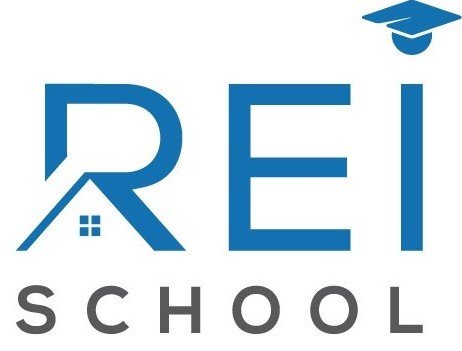June 30, 2025 | 2.5 Minute Read
While we actively market to find our own off-market deals, we still buy properties from wholesalers and subscribe to all their email blasts.
In early May, one wholesaler sent us a 3 bed / 2 bath property. His asking price was $70,000.

After reviewing comps, inspecting the property, and analyzing the numbers, we submitted an offer of $61,000. Our offer was based on estimated renovation costs of $44,000 and an ARV (After Repair Value) of $150,000.
This property isn’t a flip for us—it’s a buy-and-hold play.
Why Not Flip?
After analyzing the comps, flipping this property didn’t look attractive:
-
Very few homes are selling above $150,000, and those that do often come with significant seller concessions ($4,000–$8,000).
-
The market is flooded with renovated flips that are just sitting—average Days on Market (DOM): 88.
-
Closed listings include price drops between $5,000 and $30,000. Seller concessions were as much as $8,000!
Because of this, a retail flip is not a reliable secondary exit strategy but there are alternatives. Let’s explore.
Exit Strategy Breakdown
Primary: Buy and Hold
-
Rent: $1,450/month
-
Monthly Cash Flow: $371
-
Cap Rate: 12.92%
-
DSCR: 1.46
Secondary: Turnkey Flip
-
Resale Price: $145,000 (1% rule based on $1,450 rent)
-
Total Investment: $109,000
-
Estimated Profit: $26,000
Both options are strong, but the selected strategy will depend on actual post-rehab costs. Still, we have two ways to go with this project.
Plot Twist: The Buyer Backs Out
Despite our $61,000 offer, the wholesaler went with another buyer at full asking price of $70,000.
Fast forward to last Thursday—almost two months later—the wholesaler calls. His buyer backed out, and the property is scheduled to close on Wednesday, July 2. He’s now offering it to us at our $61,000 price.
But things have changed. As Kevin Costner says in the movie “Trading Day,” it’s a whole new world than it was 30 seconds ago” when negotiating a trade.
Time to Turn the Tables
Just as wholesalers aim to get the highest and best price, my job is to get the lowest and best deal.
With his contract expiring if he doesn’t close by Wednesday, he risks losing the deal altogether. That gives us leverage.
So I countered with a new offer: $50,000.
-
This adds an extra $10,000 to our turnkey profit
-
Boosts our cash flow to $455/month and increases our cap rate to over 14%
The Wholesaler’s Dilemma
No wholesaler likes this scenario—I wouldn’t either. But the reality is this: take a smaller assignment fee, close the deal, and move on. Trying to squeeze every dollar and losing the deal after two months of work isn’t worth it.
He accepted the offer.
We close on Wednesday.
He has it under contract for $45,000, so instead of making $16,000 at $61,000, he’ll make $5,000 at $50,000. And we, my friends, just saved $11,000.
